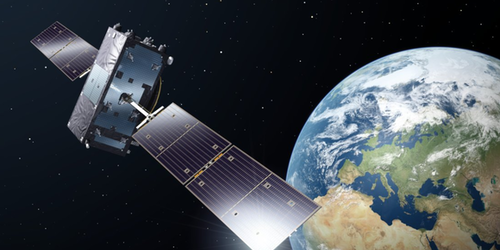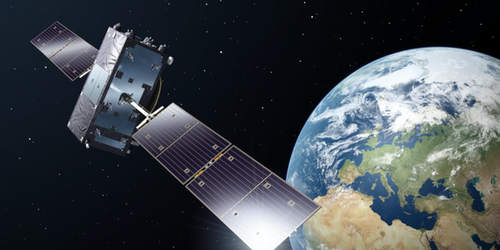Satellite Mishap Provides Chance for Relativity Test
In 2014, two satellites of the Galileo European Global Navigation Satellite System were unintentionally launched on elliptical, rather than circular, orbits. This ellipticity created problems for their use in the global navigation network, but scientists turned this misfortune into an opportunity. Two independent teams, one led by Sven Herrmann at the University of Bremen in Germany and the other by Pacôme Delva, at both the Paris Sciences & Letters–PSL University and Sorbonne University in France, used clocks on the satellites to perform the most precise tests to date of one aspect of general relativity: the gravitational redshift of a clock’s frequency.
A clock placed in a gravitational field ticks more slowly than one in empty space—its ticking frequency “redshifts”—as a result of relativity’s equivalence principle. Researchers carry out redshift tests in search of general relativity violations, which they hope could lead to a theory that explains, for instance, dark matter and dark energy. The most accurate of these tests was carried out in 1976. That experiment involved launching a rocket to a height of 10,000 km and comparing the frequency of an earthbound clock to that of a clock on the rocket. The result showed that general relativity could predict the clock’s frequency shift with a precision of 0.007%.
The new studies exploit the ellipticity of the satellites’ orbits, measuring changes in the frequencies of several hydrogen maser clocks aboard the satellites at various distances from Earth. They find that general relativity accurately predicts the observed redshifts. By accounting for systematic errors and noise, and by analyzing three years of data, the two groups improved constraints on general relativity violations by up to a factor of 5.6, providing the first improvement of redshift tests in over forty years.
This research is published in Physical Review Letters.
–Matteo Rini
Matteo Rini is the Deputy Editor of Physics.





